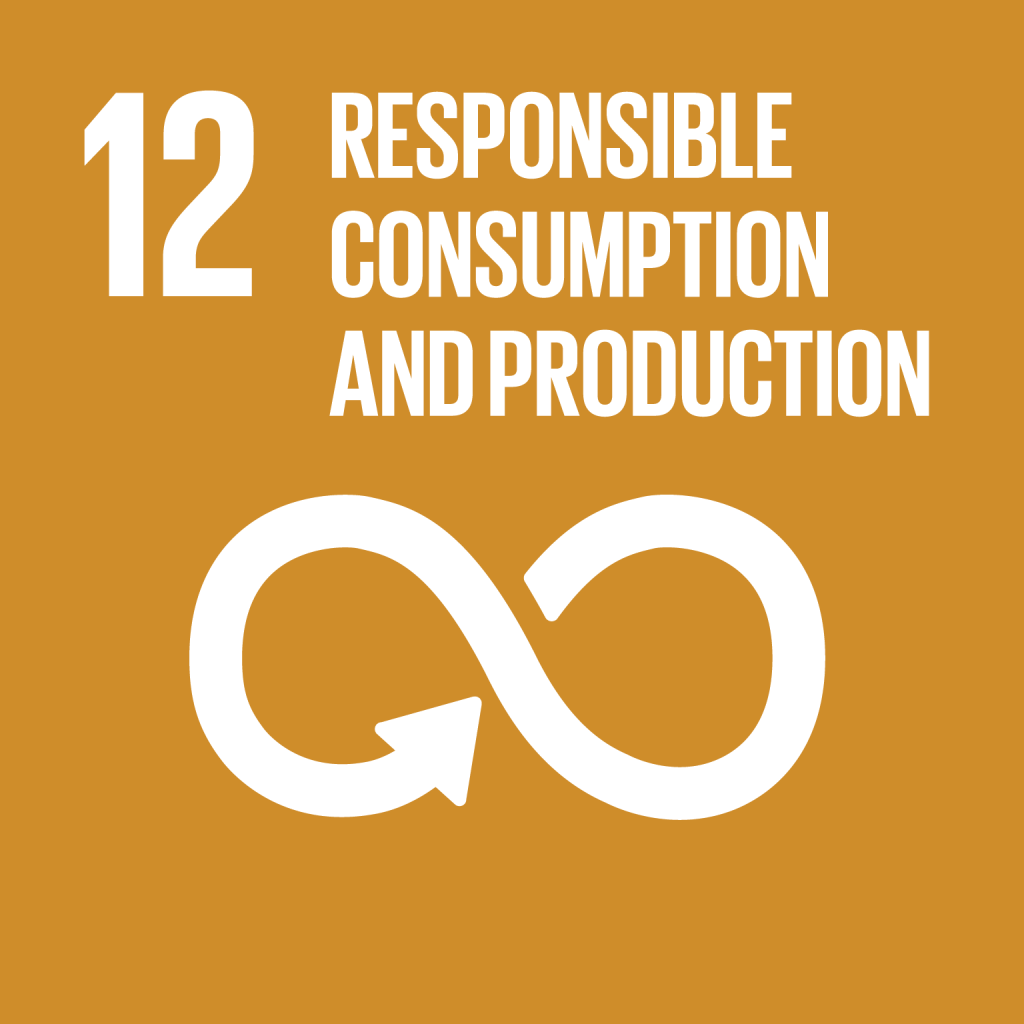- About the company
- Safety and Environment
- Social Performance
- Media
- Tenders
- Jobs and career
- Vacancies
- Students: Internship
- Graduate development programme
- Traineeship Programme
- Energy cup case championship
- Contact us
- Home page
- Safety
- Environmental Protection
- Air Emissions Control
Air Emissions Control

One important environmental aspect of Sakhalin Energy's operations is emissions of pollutants into the atmosphere. The main pollutants in the atmosphere are nitrogen oxides, carbon monoxide, and methane, which together account for up to 90 per cent of air emissions.
Most of the equipment used in the Sakhalin-2 project runs on natural gas, the most environmentally friendly fossil fuel, which burns almost completely, with minimal emission of hazardous substances into the atmosphere. Low-sulphur diesel fuels are used as a back-up resource. Gas turbines are equipped with a special nitrogen oxide suppression system designed to reduce nitrogen oxide emissions. Controls are in place to monitor equipment for compliance with operating envelopes, and equipment repair and maintenance are carried out.
To reduce pollutant emissions into the atmosphere, the Company takes steps to cut hydrocarbon losses, improve the energy efficiency of its operations, and increase the level of beneficial use of associated petroleum gas. The consumption of ozone-depleting substances is tracked, and existing equipment is replaced with new equipment using ozone-friendly refrigerants.
Compliance with established standards is monitored at the sources of air pollutant emissions, and air quality monitoring is in place at the boundaries of the sanitary protection zones of production facilities. Measures have been developed and implemented to reduce emissions during periods of adverse weather and to prevent leaks, accidental releases of hydrocarbons, and oil/oil product spills.
- Safety and Environment



